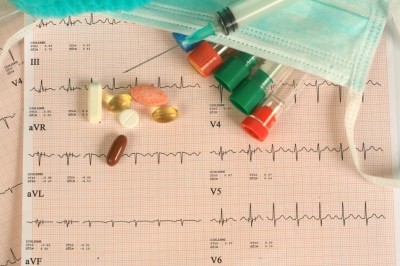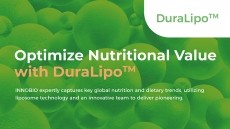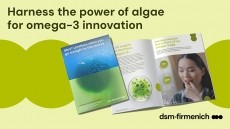EU vitamin advice
EFSA issues vitamin A intake advice: Women 650 μg; Men 750 μg

After conducting an exhaustive scientific review, EFSA’s Panel on Dietetic Products, Nutrition and Allergies (NDA) set levels between 250 μg and 750 μg for infants and children. A higher level of 700 μg was set for pregnant women “to allow for needs of the foetus and the growth of maternal tissues.”
A PRI “is adequate for virtually all people in a population group”.
It noted the actual vitamin A intake across the EU was between:
- 409–651 μg/day for children aged 1 to 3;
- 607–889 μg/day for children aged 3 to 10;
- 597–1078 μg/day for adolescents (10 to 18 years);
- 816–1498 μg/day for adults.
Vitamin A is found in a variety of foods including meat, butter and margarine, eggs, fruits and vegetables and has been backed under the EU nutrition and health claims regulation (NHCR) to benefit eye, skin and cell health as well as its rule in immune health.
“Vitamin A comprises all-trans-retinol (also called retinol) and the family of naturally occurring molecules associated with the biological activity of retinol (such as retinal, retinoic acid, retinyl esters), as well as provitamin A carotenoids that are dietary precursors of retinol,” the NDA said.
“The biological value of substances with vitamin A activity is expressed as retinol equivalent (RE).”
The panel employed ratios of 1 μg RE = 1 μg of retinol; 6 μg of β-carotene and 12 μg of other provitamin A carotenoids in its assessment.
Vitamin A deficiency can cause problems with vision (xerophthalmia). In the developing world vitamin A deficiency in young infants and children is common and a factor in childhood stunting, blindess, increased infectious morbidity and mortality, including respiratory infection and diarrhoea.
The full NDA advice is here.
More on differing intake measures can be found here.
As part of its ongoing work to establish across-the-board Dietary Reference Values (DRVs), in the coming weeks EFSA will publish draft proposals for vitamin E, phosphorus and vitamin B12 that will be open for public consultation.

Population Reference Intakes (PRI) : the level of (nutrient) intake that is adequate for virtually all people in a population group.Average Requirement (AR) : the level of (nutrient) intake that is adequate for half of the people in a population group, given a normal distribution of requirement.Lower Threshold Intake (LTI) : the level of intake below which, on the basis of current knowledge, almost all individuals will be unable to maintain “metabolic integrity”, according to the criterion chosen for each nutrient.Adequate Intake (AI) : the value estimated when a Population Reference Intake cannot be established because an average requirement cannot be determined. An Adequate Intake is the average observed daily level of intake by a population group (or groups) of apparently healthy people that is assumed to be adequate.Reference Intake ranges for macronutrients (RI) : the intake range for macronutrients, expressed as % of the energy intake. These apply to ranges of intakes that are adequate for maintaining health and associated with a low risk of selected chronic diseases.















